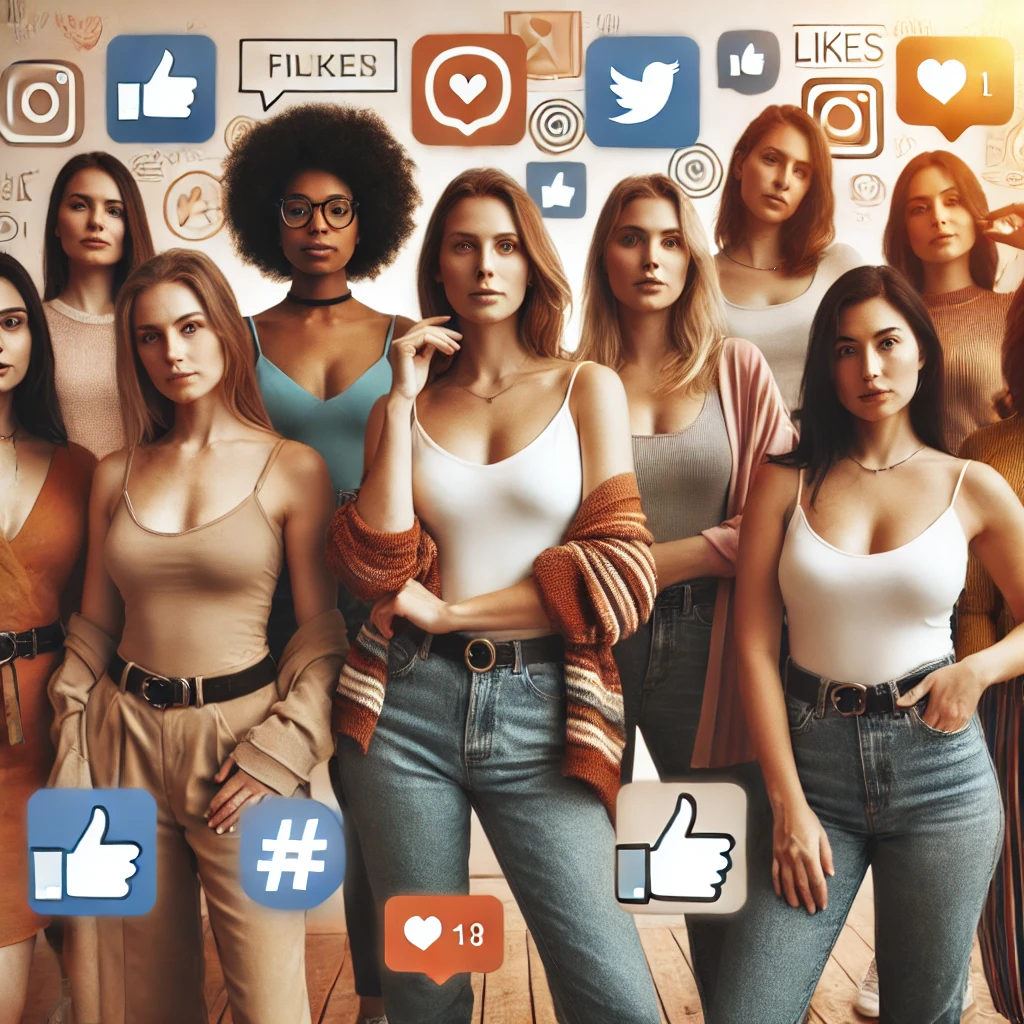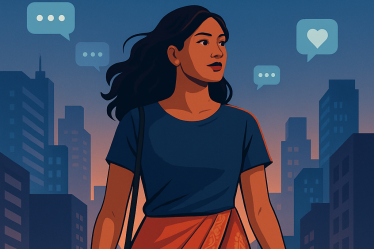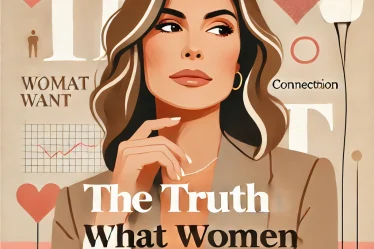
In recent years, social media has played a pivotal role in challenging traditional beauty standards, reshaping how women perceive their bodies. This digital revolution has both positive and negative implications, influencing body image and societal norms.
The Influence of Social Media on Body Image
Social media platforms have become central to discussions about beauty, often perpetuating unrealistic ideals. A study from the Mental Health Foundation found that 40% of teenagers identified images on social media as a source of body image concerns. Additionally, research indicates that over 20% of adults experience body image issues linked to social media usage, with this figure doubling among teenagers.
Negative Impacts: Reinforcing Unrealistic Standards
The prevalence of edited and curated images can lead to negative self-comparisons. A 2023 study highlighted that image-based platforms are significantly associated with increased symptoms of body dysmorphia among 16 to 18-year-olds, leading to dissatisfaction and anxiety.
Positive Movements: Promoting Body Positivity
Conversely, social media has given rise to body-positive movements that celebrate diversity. Exposure to body-positive content has been shown to improve body satisfaction among young women. Campaigns like Dove’s “Beauty Never Gets Old” have challenged age-related beauty stereotypes by featuring women of various ages, emphasizing that beauty is ageless.
Influencer Impact: Shifting Perceptions
Influencers play a significant role in shaping beauty perceptions. While some promote unattainable standards, others advocate for authenticity and self-acceptance. The #effyourbeautystandards movement, initiated by plus-size model Tess Holliday, encourages women to embrace their bodies regardless of societal expectations. Wikipedia
Case Studies: Brands Leading Change
Brands are increasingly embracing inclusivity. Dove’s Project #ShowUs collaborated with women worldwide to create a library of images showcasing diverse beauty, challenging traditional media portrayals. Similarly, The Beauty Co’s #untyped campaign addressed societal stereotypes, promoting inclusivity and reaching over 10 million users.
The Role of Digital Advertising
Digital advertising has historically perpetuated gender stereotypes. However, studies indicate a shift towards more diverse representations. An analysis of L’Oréal’s digital advertising revealed efforts to move away from traditional gender stereotypes, reflecting a broader industry trend towards inclusivity.
The Path Forward: Embracing Diversity
As social media continues to evolve, it holds the potential to further dismantle restrictive beauty norms. By promoting diverse representations and authentic content, these platforms can foster a more inclusive environment that celebrates all forms of beauty.
In conclusion, social media is a powerful tool that can both challenge and reinforce beauty stereotypes. Its impact on women’s body image is complex, necessitating a conscious effort from individuals, influencers, and brands to promote positive and inclusive representations.



